See the 'Super Pink Moon' of 2021 shine in these stunning photos
It wasn't really pink — but it was super!
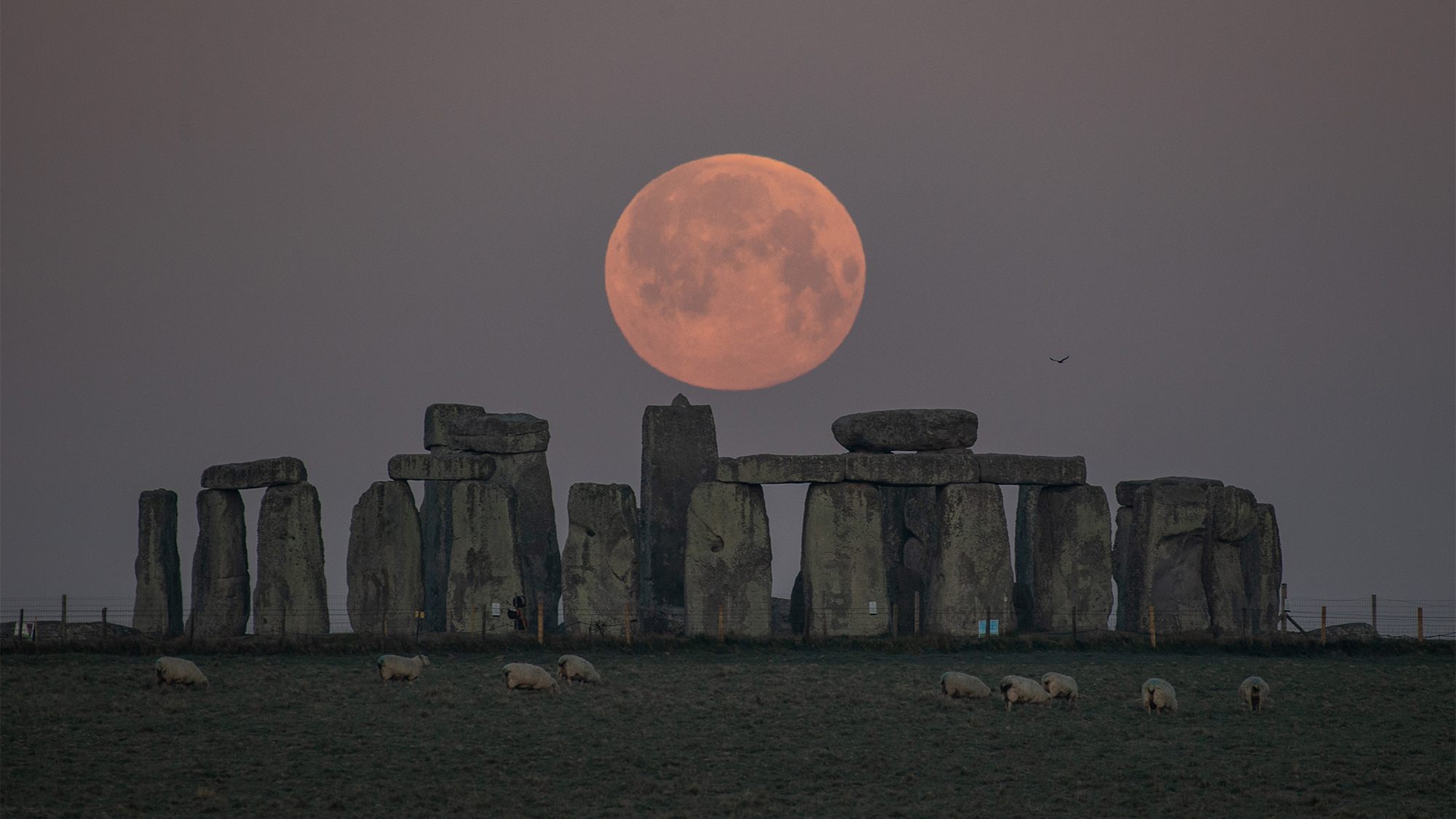
April's full moon, called the "Super Pink Moon," wowed skywatchers on Monday (April 26) as it shone brightly in the night sky.
The Super Pink Moon rose Monday night and reached full phase at 11:32 p.m. EDT (0332 GMT on Tuesday, April 27), lighting up the sky with its big, bright glow until dawn on Tuesday. Skywatchers around the world, from Italy to England and the United States, captured stunning views of the pink supermoon, which is the first of only two "supermoons" in 2021 — depending on who you ask.
A supermoon occurs when a full moon coincides approximately with the moon's perigee, or the point in its elliptical orbit at which it is closest to Earth. This makes the moon appear up to 14% larger and 30% brighter than when it is farthest from Earth. But exactly how close perigee has to be to the exact timing of the moon's full phase is up for debate; "supermoon" is not a technical term used by astronomers. While some say that the March full moon was the first supermoon of 2021, others say the slightly closer full moon of April is the first.
Related: Supermoon secrets: 7 surprising big moon facts
While the Super Pink Moon may have appeared bigger in the sky, its color wasn't any different than usual. Its "pink" moniker recognizes the wild phlox, which is one of the first flowers to bloom in spring.
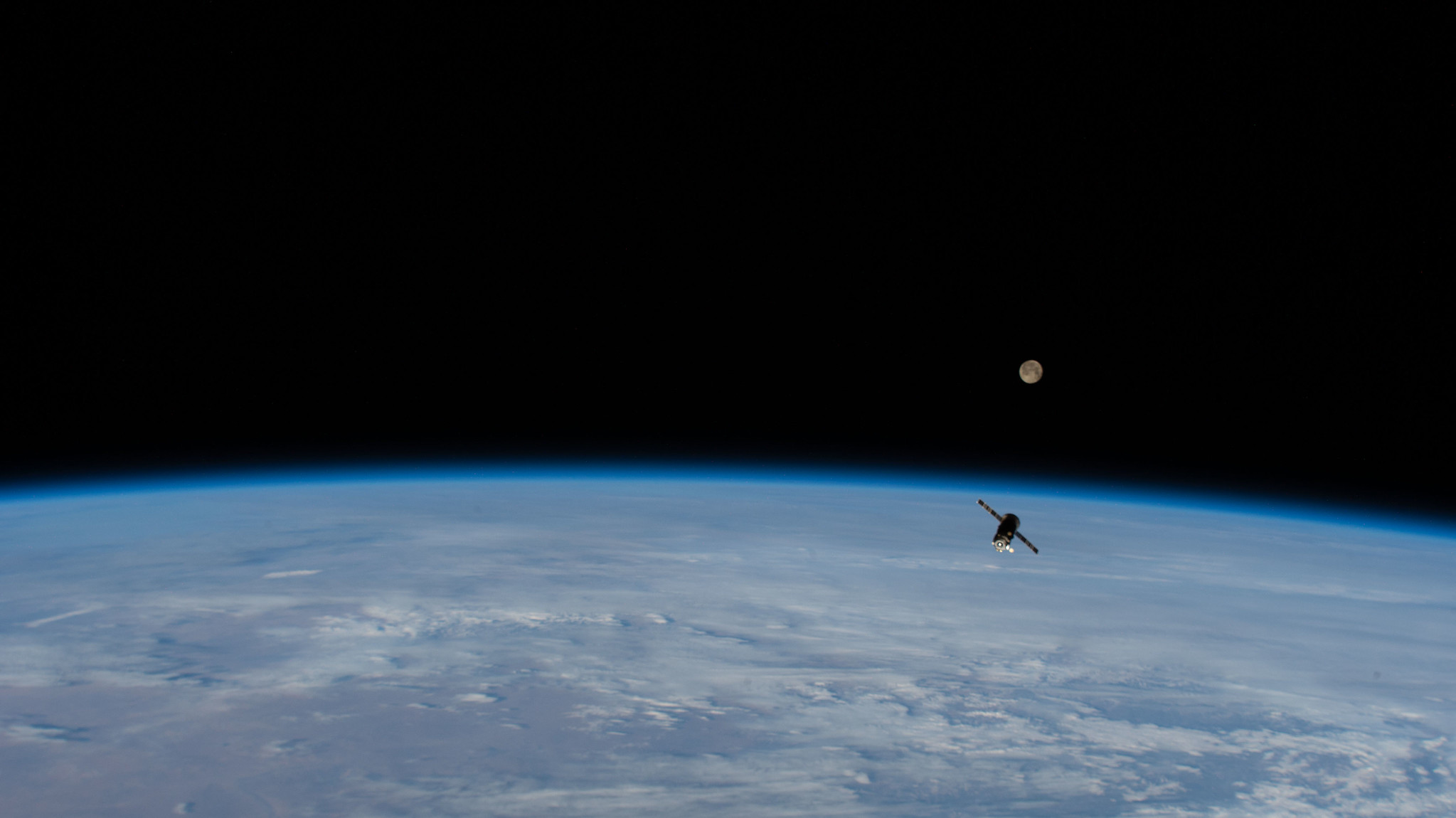
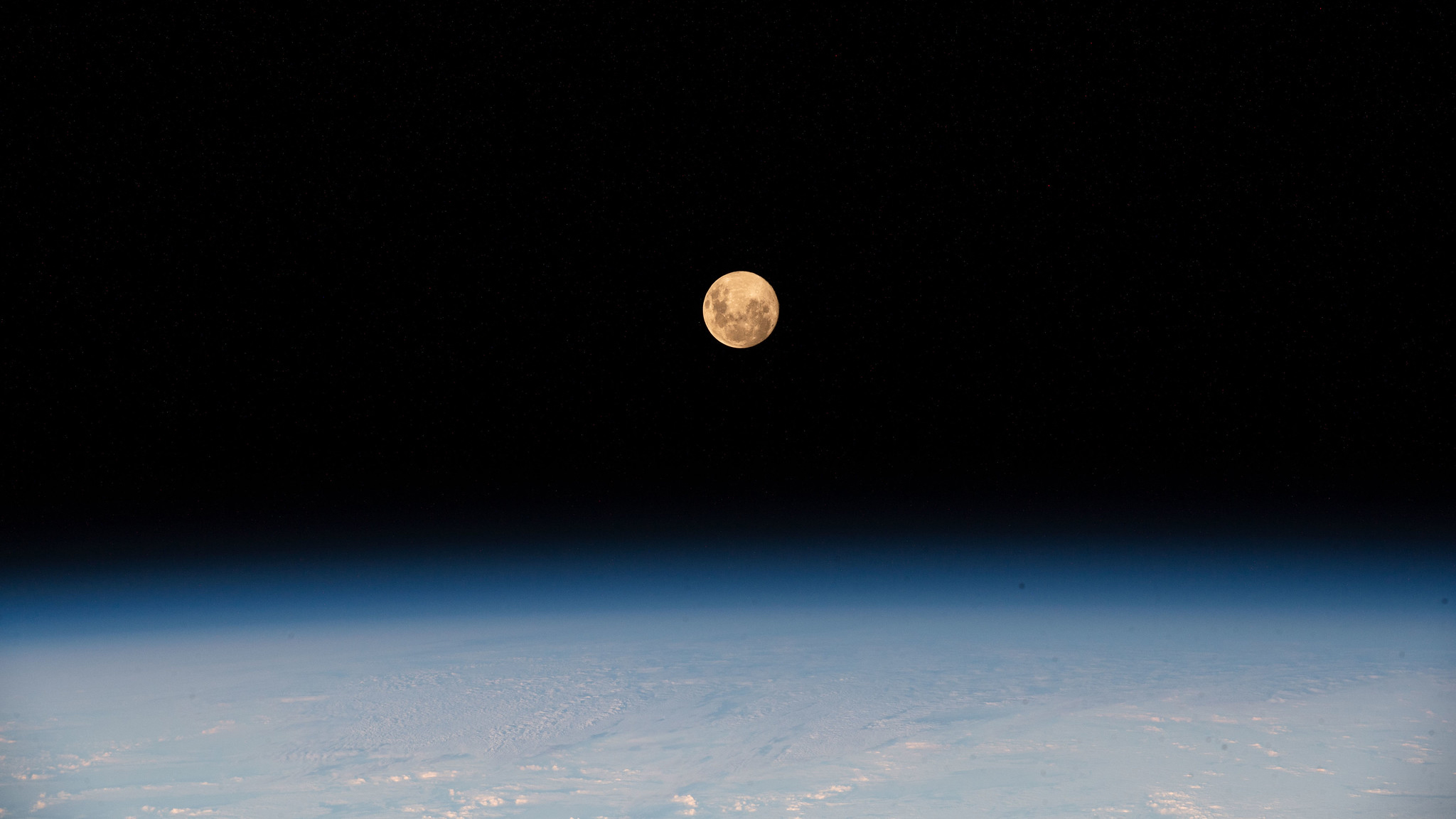
Astronauts at the International Space Station captured some stunning views of the Super Pink Moon from orbit.
In one photo, taken about 19 hours after the moon reached full phase, the no-longer-full moon "photobombed" a departing cargo spacecraft. The uncrewed Russian Progress 75 cargo resupply vehicle undocked from the station on Tuesday (April 27) at 7:11 p.m. EDT (2311 GMT).
Get the Space.com Newsletter
Breaking space news, the latest updates on rocket launches, skywatching events and more!
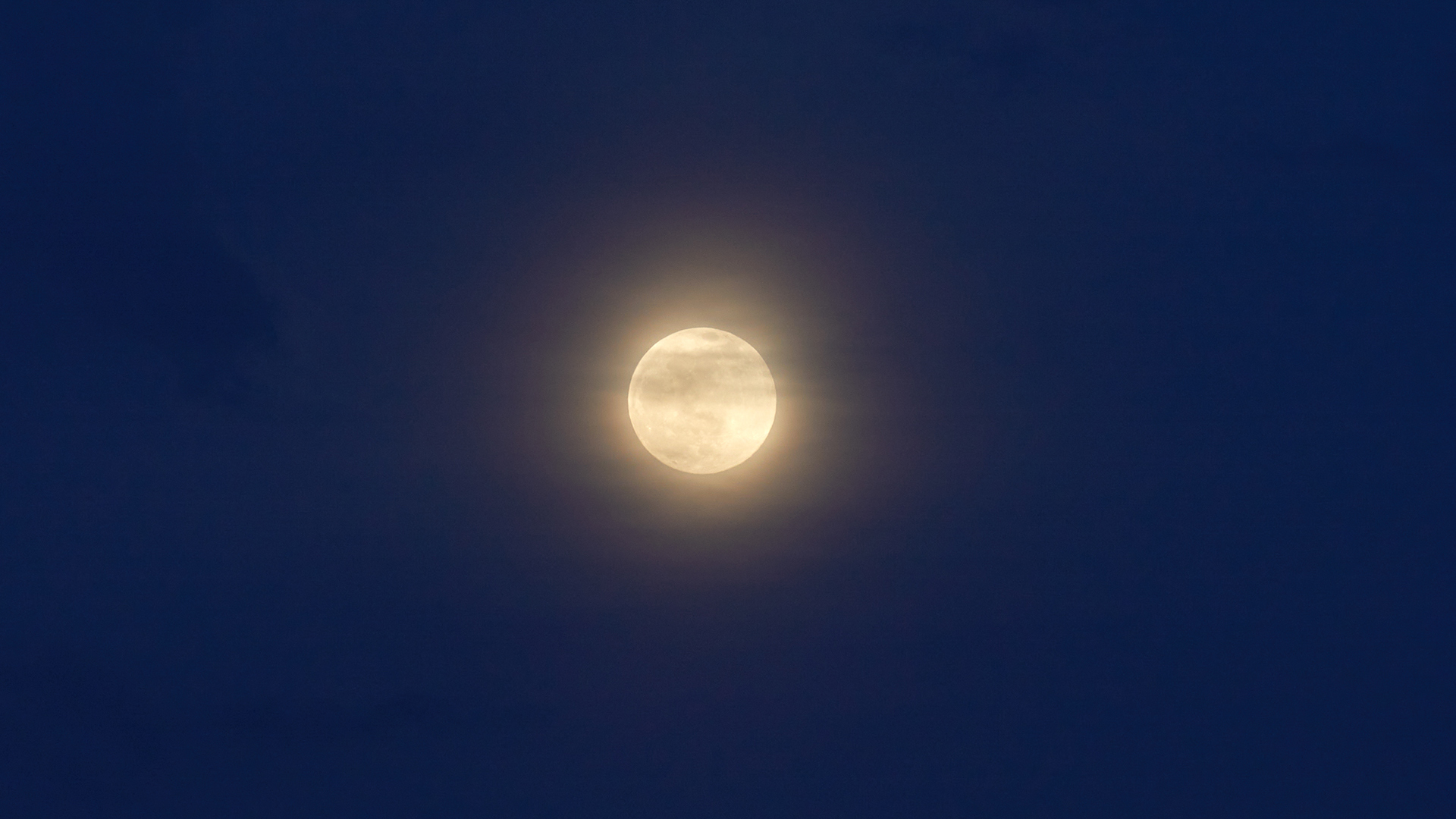
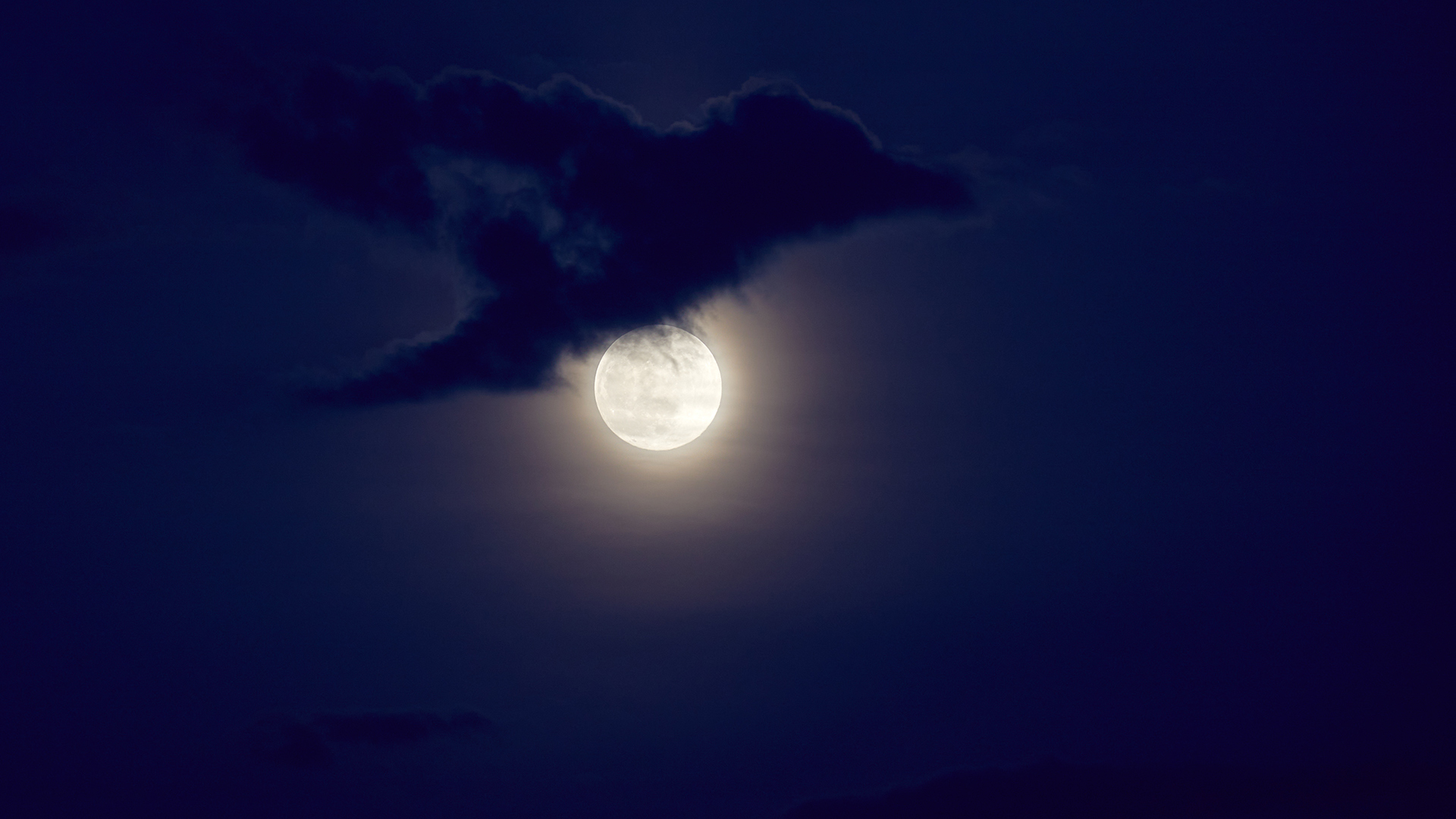
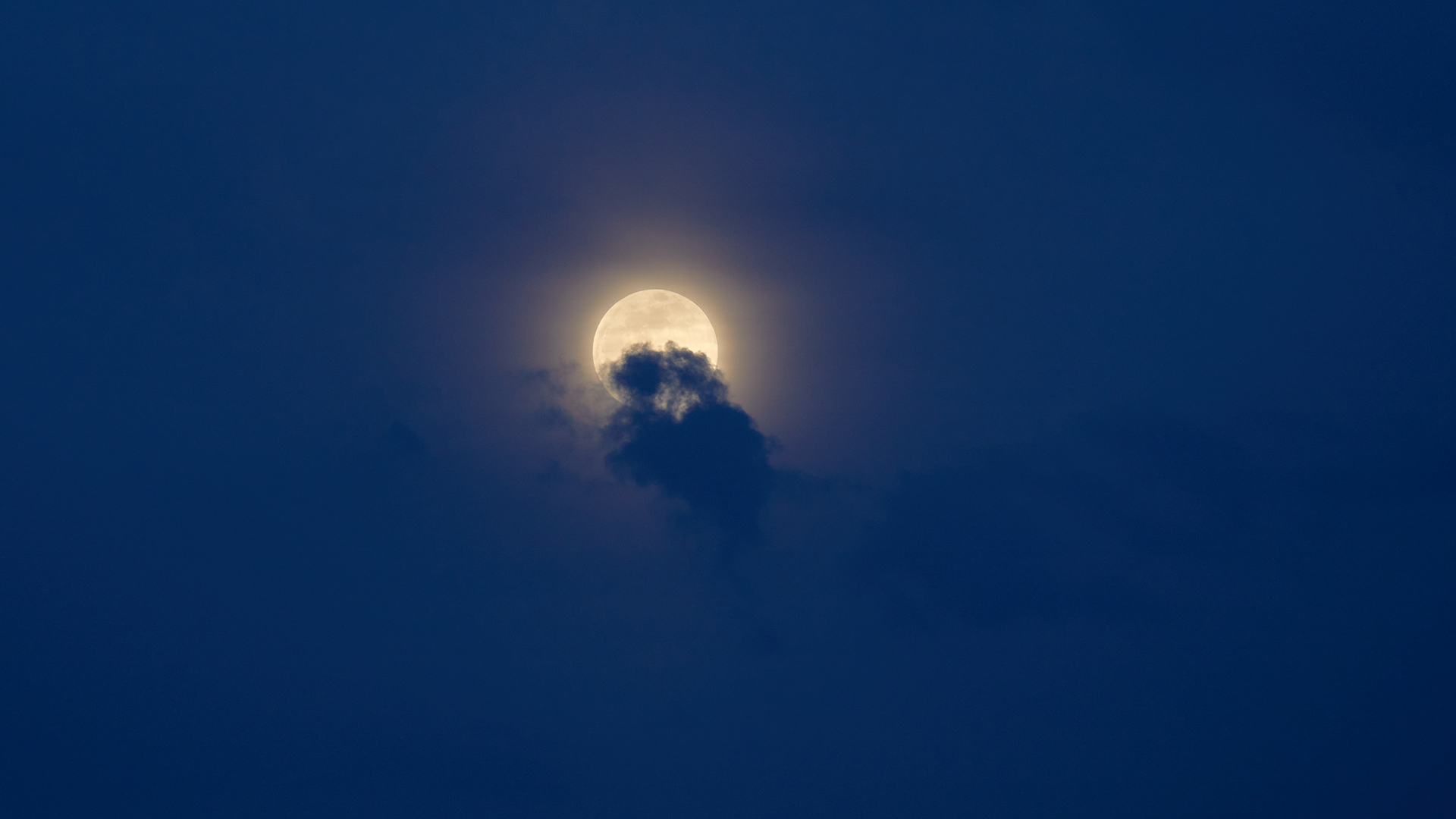
The Virtual Telescope Project, led by astrophysicist Gianluca Masi, shared photos of the Super Pink Moon on Monday night from Rome, Italy.
Despite some cloud cover, Masi captured images of the full moon around 8:30 p.m. local time (2:30 p.m. EDT). The moon appeared big and bright in the night skies over Rome following sunset.
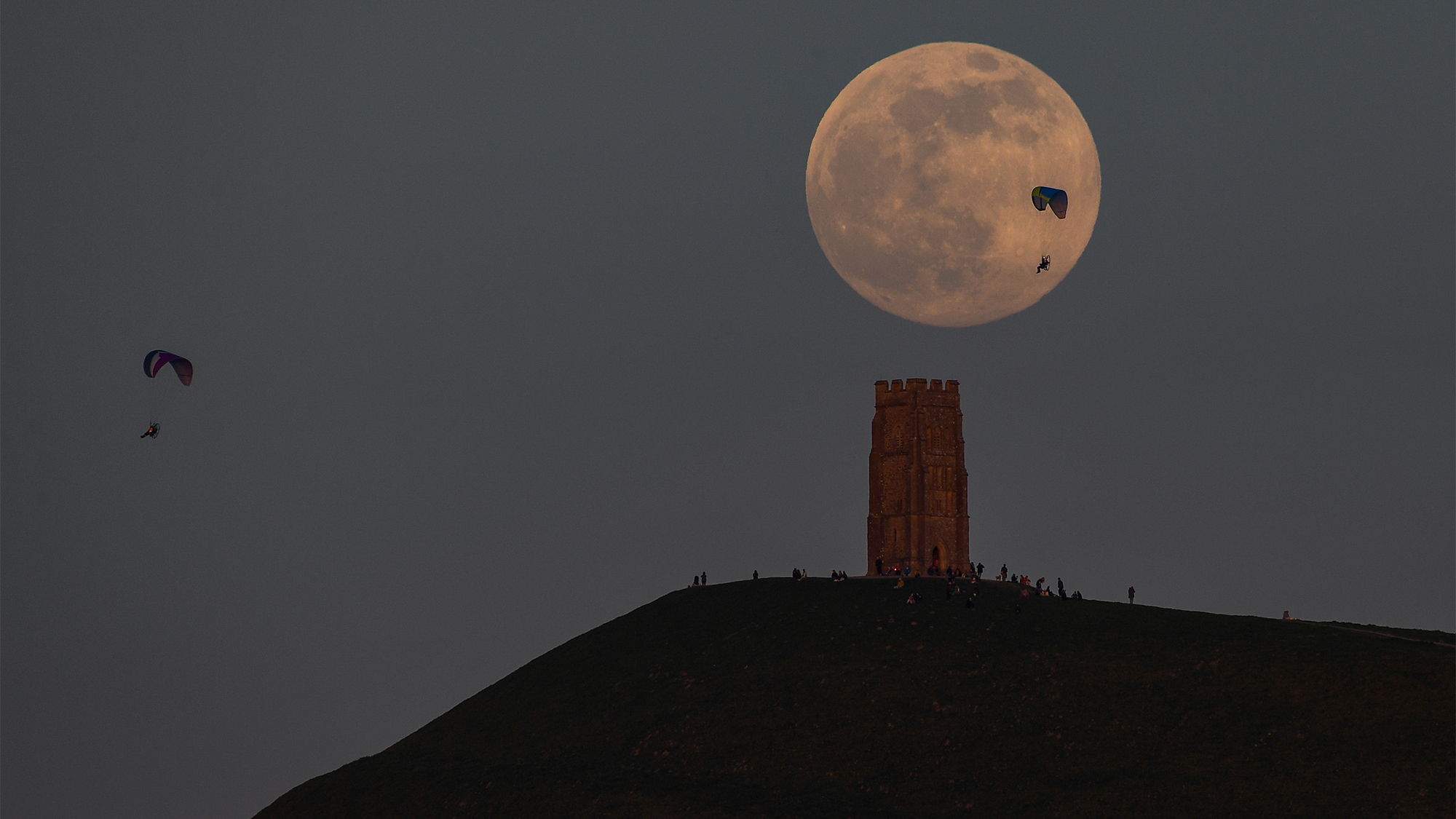

Skywatchers in England also witnessed the April full moon Monday night through early Tuesday morning. One observer captured stunning views of the pink supermoon in Glastonbury as Paragliders flew in front of the full moon rising into the sky on Monday night.
Another observer photographed the full moon early Tuesday morning as it dipped behind Stonehenge in Amesbury, around the same time the moon reached its peak fullness.
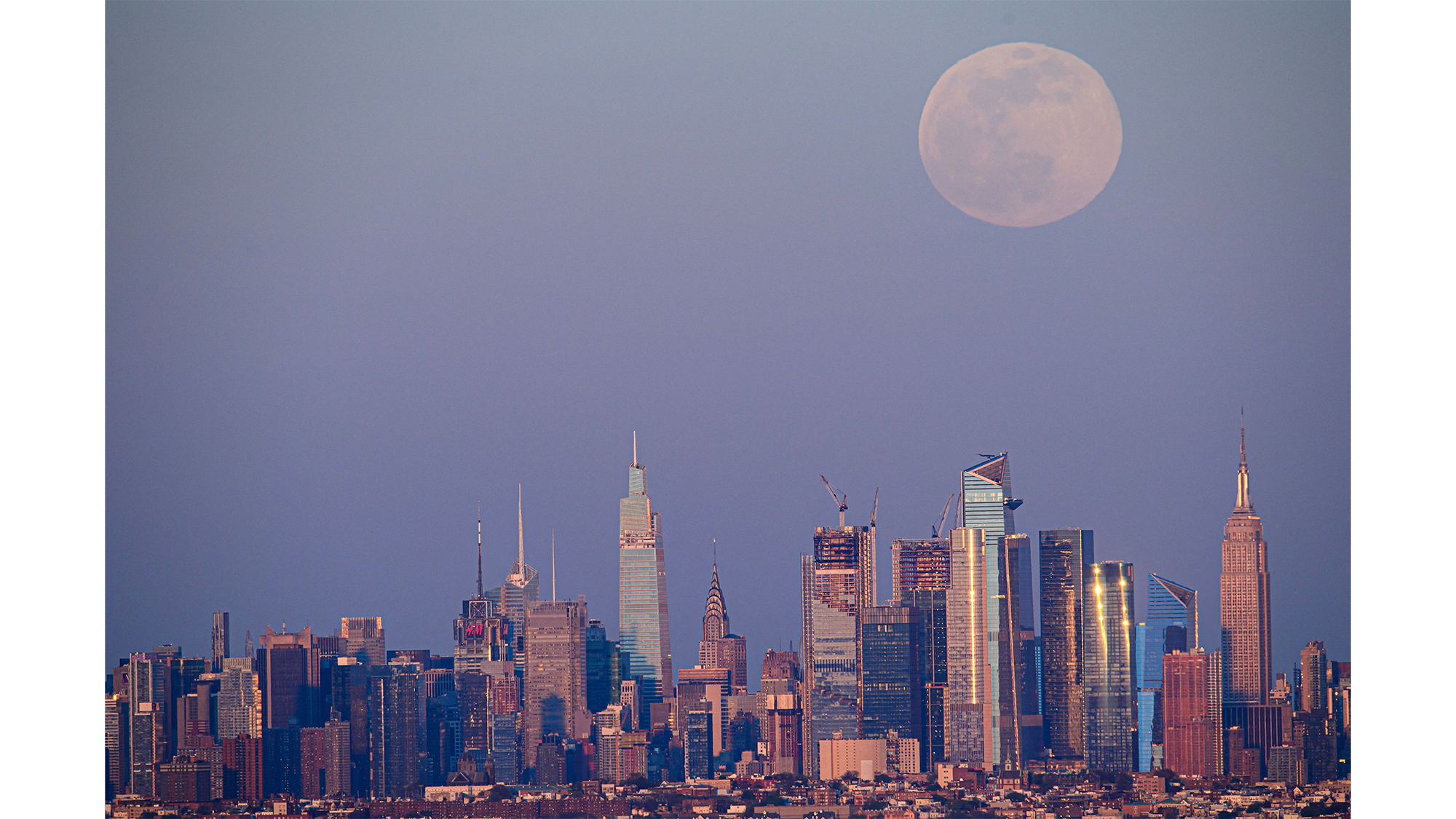
The Super Pink Moon was also captured over the skyline of Manhattan, in New York City, on Monday night. Skywatchers observed the full moon as it rose over the city. In New York City, moonrise occurred at 7:24 p.m. local time on Monday, according to Time and Date.

The Pink Moon will appear full in the sky to casual observers until Wednesday (April 28). When the moon reached its fullest phase Monday night, it was about 222,064 miles (357,378 kilometers) away from Earth, which is about 8% closer than the distance of an average full moon (240,000 miles or 384,400 km).
If you missed April's supermoon, the next one will occur on May 26, when the moon will be a little closer to the Earth and therefore slightly bigger.
Follow Samantha Mathewson @Sam_Ashley13. Follow us on Twitter @Spacedotcom and on Facebook.
Join our Space Forums to keep talking space on the latest missions, night sky and more! And if you have a news tip, correction or comment, let us know at: community@space.com.

Samantha Mathewson joined Space.com as an intern in the summer of 2016. She received a B.A. in Journalism and Environmental Science at the University of New Haven, in Connecticut. Previously, her work has been published in Nature World News. When not writing or reading about science, Samantha enjoys traveling to new places and taking photos! You can follow her on Twitter @Sam_Ashley13.









